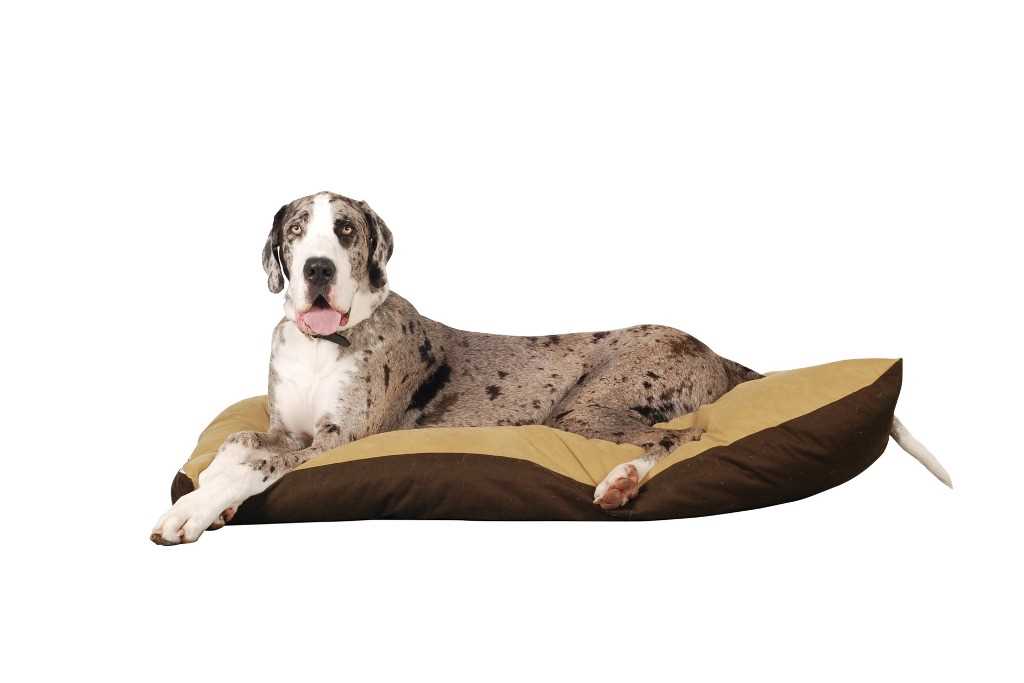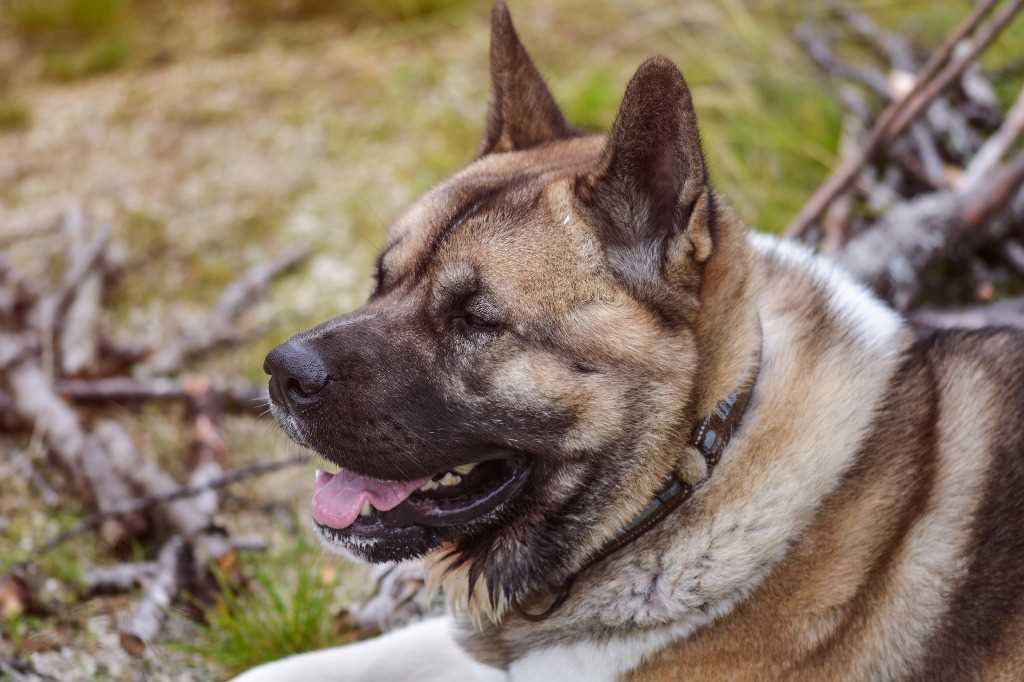The German Dane dog breed originated in Germany, but it is said that similar molossoids were brought to Europe in the wake of the Great Danes, a population that once resided in what is now Iran. They are also erroneously called Danes or Great Danes, although Denmark has only a marginal role in the formation of this natural breed, except that at one time they were the most common dogs in Denmark.
At first, in Berlin, in the late 1800s, some breeders decided to catalogue under the name Deutsche Dogge (German Hound) several groups of almost completely similar molossoid dogs, which came from southern Germany. The name Great Dane, as it was called in Italy, came later around 1920, in honour of the people who are thought to have brought the first specimens to Europe.
They have always been excellent guard dogs, but have also been used extensively for hunting, especially wild boar, bear and deer. However, over the centuries, it has undergone some changes. It is said that it was mated with greyhounds to increase its speed. In the Middle Ages it was one of the favourite dogs of feudal lords and in the Renaissance the Great Dane became the dog of the European elite, due to its particularly beautiful and elegant appearance. There are traces of this dog in many paintings of the time, when gentlemen and noblewomen liked to be portrayed with their dogs.
Until a few years ago, the ears of these dogs were cut off, both for aesthetic reasons and for hunting. Fortunately, this barbaric technique has now been banned, both for them and for Dobermans.
Character of the German Dane dog breed
Despite their size, they are sweet, affectionate and docile dogs. Once considered guard dogs and hunting dogs, they are now appreciated more as companion dogs due to their sensitivity and lack of aggression.
The Great Dane is an extremely affectionate dog, especially to its owner, so much so that it seems almost morbid. It becomes sad if it does not see its owner for several hours, so it is not a dog suitable for those who are away from home a lot for work. It is very intelligent and learns quickly so does not need any particular training, but given its size it is a good idea to teach it from an early age how to handle it and not to become too intrusive.
It likes to go for long walks, especially with its owner, but it also likes to sleep on the sofa, as it is a dog that adapts well to a flat, as long as this is suitable for its size. However, a rather large garden would be ideal for the movement of this dog. It is one of the laziest dog breeds, which is why it should be encouraged to exercise.
It is not a dog suitable for children, especially small ones. For them, it is never aggressive and is very sweet, but it is precisely its size that can become a danger when playing; it is very heavy and a sudden movement could harm the child. It is however also an excellent guard dog, which is not aggressive towards strangers, but if it is given the order to attack an intruder who has bad intentions in its own home, the Great Dane is very good at reacting.
It is also sociable with other animals, whether dogs or cats, and does not tend to dominate and enjoys the company of its fellows.
Appearance of the German Dane dog breed
The German Dane is a large dog breed, the height at the withers should start from a minimum of 80 cm for males and a minimum of 72 cm for females, while the average weight is between 45 and 55 kg. but males can easily reach 90 kilograms and females 80. Males can also exceed 100 cm in height at the withers.
In spite of its size, it has a slender body that is very elegant on the whole. The musculature is well-developed and evident throughout the body, the legs are strong and muscular, in the hindquarters the thigh must be wide and with good muscle mass, the tail is medium with a high hairline.
The head is narrow, elongated and with a beautiful expression, the muzzle is pronounced. The nose is pronounced, the truffle is large and voluminous and always dark in colour.
The fur of the coat is short, smooth, thick and shiny. Great Danes are bred with different coat colours: tiger, fawn, black, blue, white and black (called Harlequin).
Care and health of the German Dane dog breed
The German Dane is generally in good health, but like almost all large dogs it suffers from hip dysplasia, stomach torsion, heart disease and eye disease.
A lot of care must be taken with their diet, especially in the first months of life. As these dogs have a low metabolism, they need to follow a balanced and controlled diet, so it is necessary to pay the utmost attention to the quantity of the portions and to ensure that they move sufficiently. At around 4-5 months of age, the puppy should be given an X-ray to rule out hip dysplasia.
Unfortunately the Great Dane, like many other large breeds, does not have a very long life expectancy, ranging from 8 to 12 years.
As far as the coat is concerned, the Great Dane loses some hair, but this is not a problem if it is brushed at least once a week. However, the ears, eyes and mouth must be checked and cleaned to avoid infection. A bath at least once a month is advisable, especially if they are outdoors a lot.



nice post
Yep